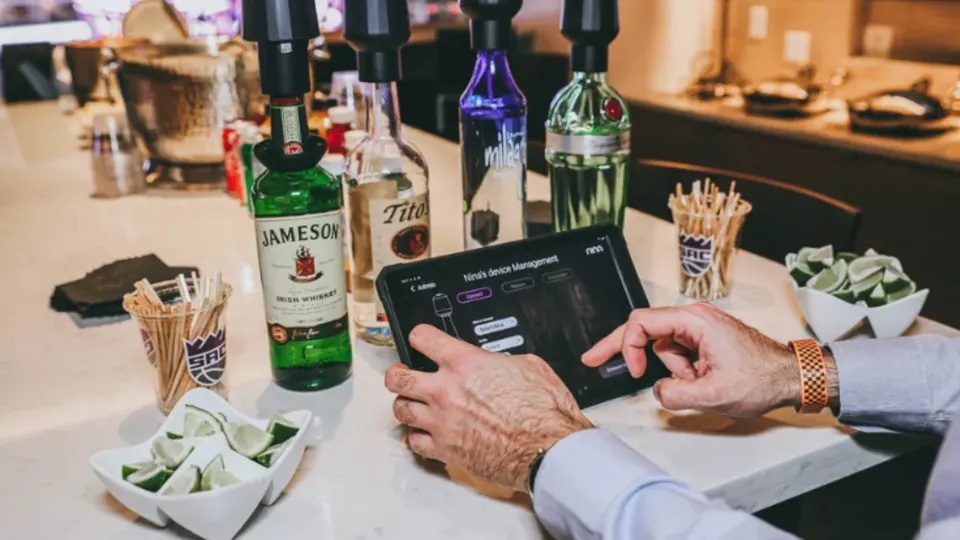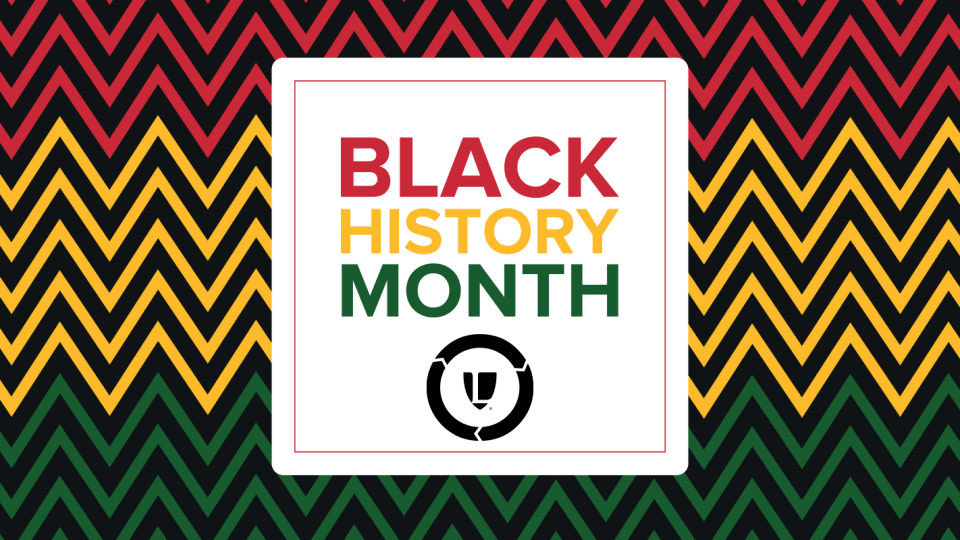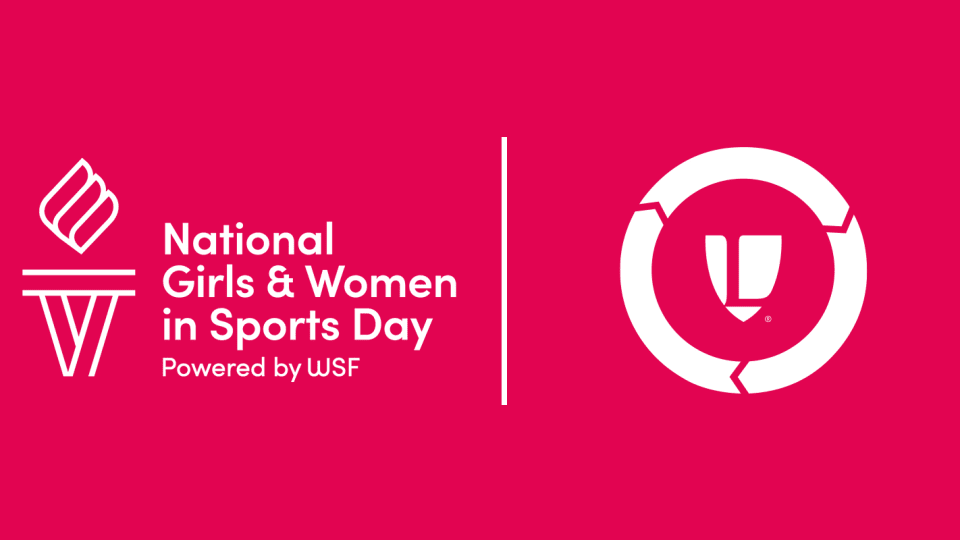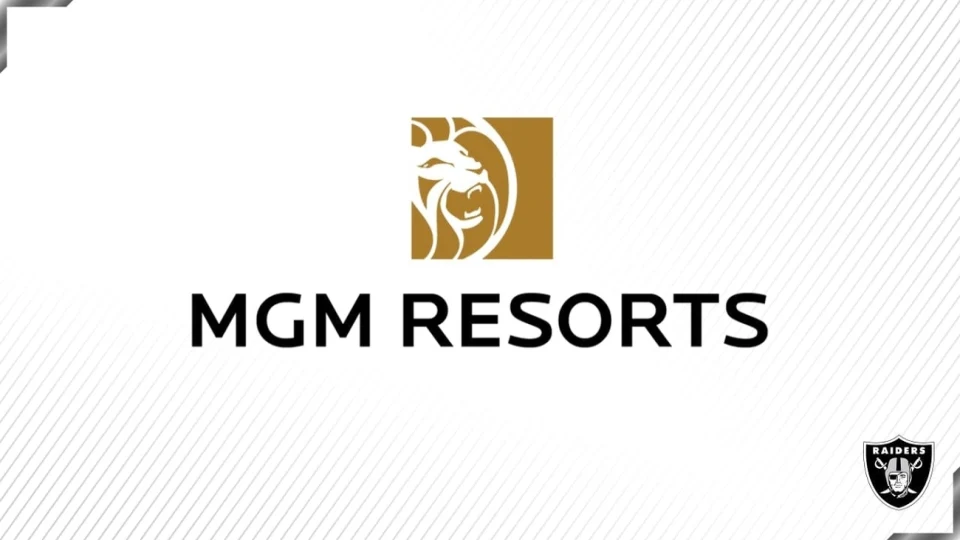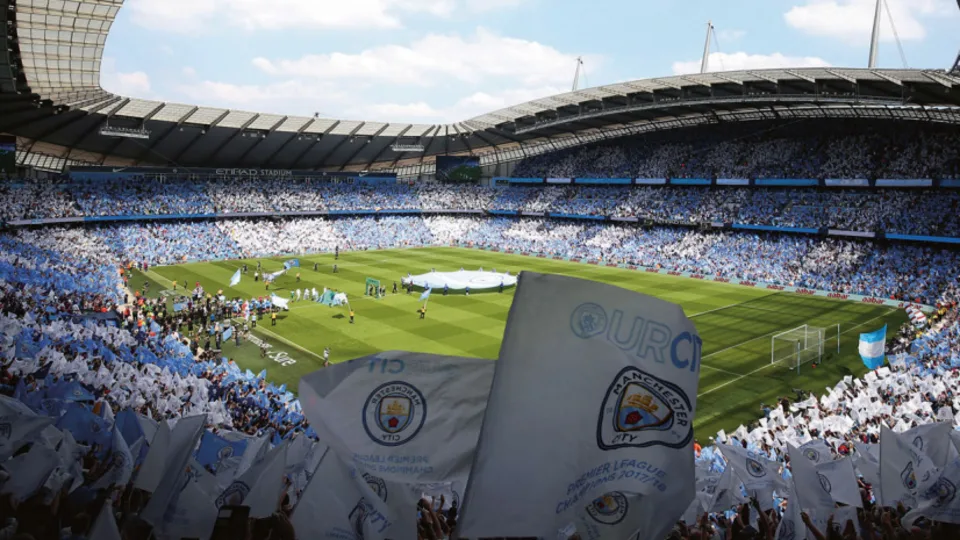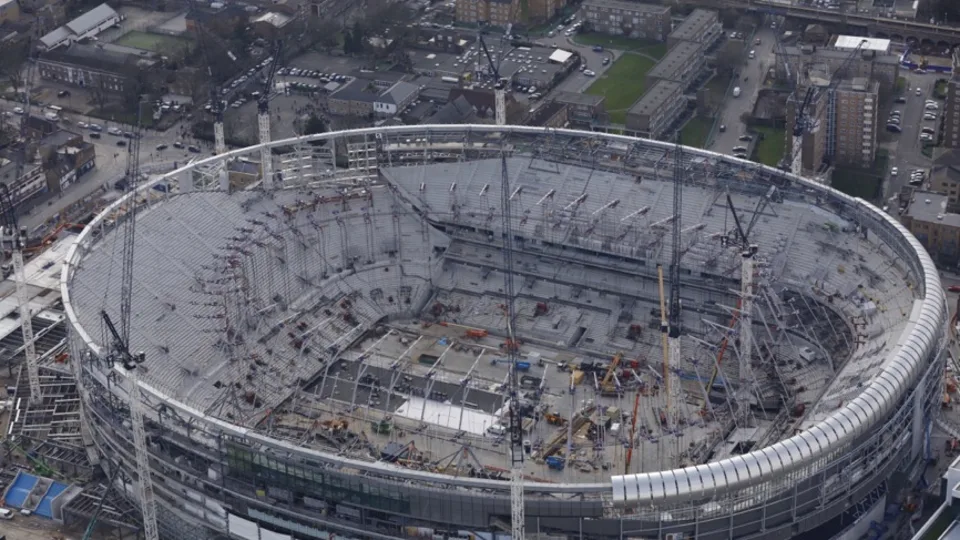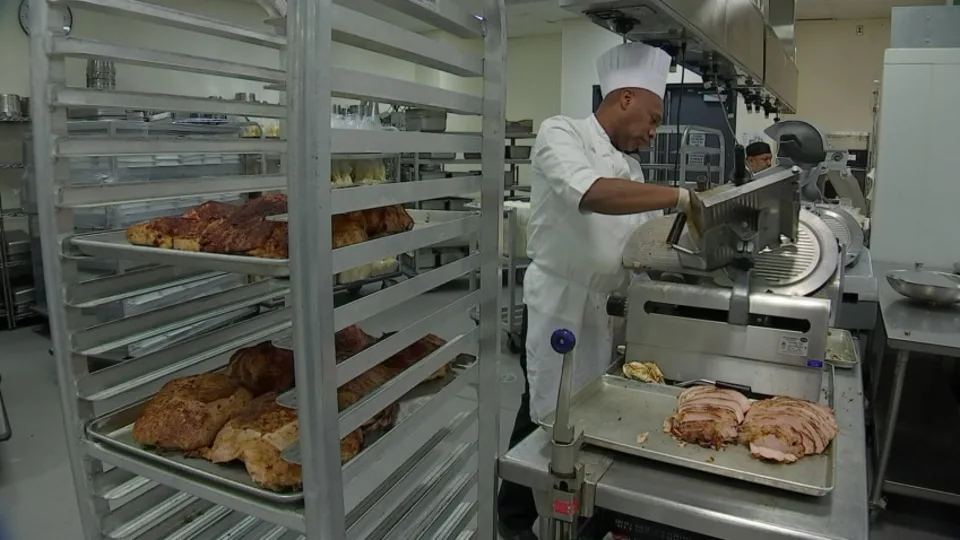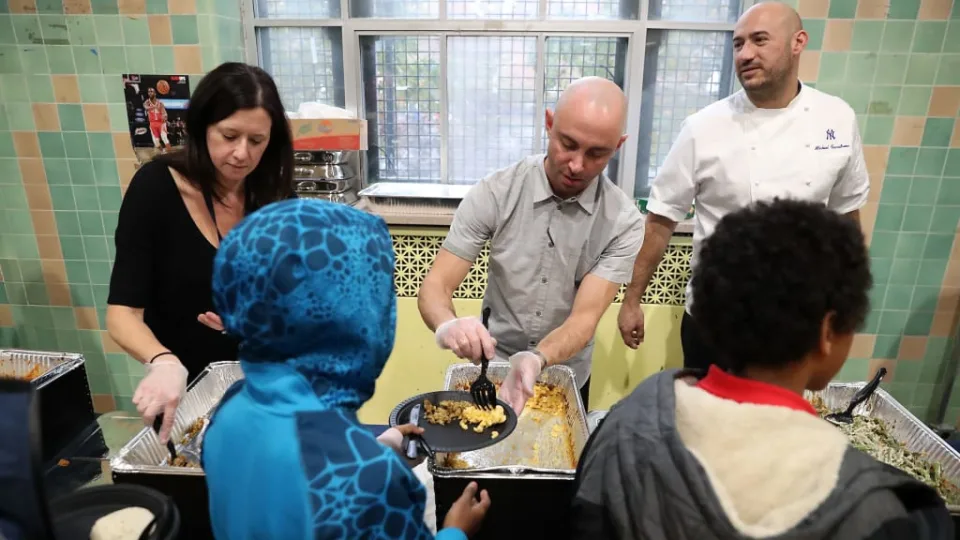Via MONDO | STADIA Magazine
By Florent Coulon
Fan engagement has become an important topic for sports teams, leagues, and federations in recent years.
Clubs in particular are beginning to appreciate the monetisation opportunities that exist when fans are placed at the core of the sporting action rather than merely witnessing the event as spectators.
The modern sports fan has changed over the years and clubs understand the importance of providing an experience as part of the matchday away from just offering high-quality seats.
The challenge for teams and stadium owners is to diversify and build value in the experience they provide through food and beverage, technology and merchandising.
To do that, they need to know their fans and their audiences, and identify what they are expecting. It’s something that football clubs in particular are starting to embrace so they can provide services that drive loyalty and make sure people come back to the venues.
At the heart of any matchday experience is the stadium or arena, and European venue owners are looking to the examples set by their US counterparts to ensure fans arrive earlier and stay later.
There is a different culture to the way that sport is consumed in the US compared to Europe, with entertainment being ingrained in American sport and the overall experience being as important as the end result.
The scale of sporting events in the US also tends to be larger than Europe, with everything about the matchday being monetised wherever possible.
Technological advancements tend to be rolled out in their infancy in the US, a general trend that applies to sport as it would to any other sector.
One such trend on the rise is 5G, with approximately half of the NFL teams currently deploying the technology in some capacity, though it remains in the early stages of development.
Some European clubs have become early adopters of 5G, with German Bundesliga outfit VfL Wolfsburg already in the process of trialling their own 5G app, that will provide fans with in-game features such as enhanced match statistics and player performance data. This new technological wave, alongside the likes of virtual reality (VR) and augmented reality (AR) will undoubtedly help clubs to better engage with their fans, but not all clubs have the existing facilities to deal with such advancements.
Some clubs that play in stadia were built over a century ago, and deploying such technology is simply not feasible, so they must look to other monetisable features in the ground.
It is about knowing your building and maximising every possible revenue opportunity – whether that is a gaming or eSports area, merchandise booth, or mobile bar unit –anything that contributes to the fan experience and doesn’t require huge expenditure. Another trend that we are seeing in European stadia that stems from the US, is the improved offering of seating options, with improved facilities and more diverse experiences in general admission areas.
Premium experiences no longer relate purely to VIP and hospitality tickets, with reserved seating, food and beverage opportunities, fast track queues and parking introduced for regular fans.
That is not to say there have not been advancements in the corporate hospitality offering for fans, with the introduction of features like The Tunnel Club and Loge Boxes proving popular.
Manchester City and Tottenham Hotspur have replicated The Tunnel Club, which gives fans backstage access to see the players as they prepare for the match.
Pitch-level VIP seating is also featured in some US stadia, with the under-construction Allegiant Stadium in Las Vegas being the latest to announce they will be building a series of additional suites on the ground floor.
These concepts already exist at the AT&T Stadium in Texas and the Banc of California stadium in Los Angeles, and are being included in the Allegiant Stadium to offer an improved and more diverse range of options to meet the needs of more educated and demanding customers.
Another fan engagement activation that is anchored with sports in the US is the concept of tailgating, with fans hosting parties in the vicinity of stadia on matchdays.
It provides them with food, beverage and merchandising opportunities and we are seeing sponsors getting involved and aligning their brands with the concept.
We are seeing this translate to Europe in the proliferation of fanzones at major sporting events, though it may be some time until this becomes an established element of European sporting culture.
The fragmented nature of US sports, with several breaks in play across the NFL, NBA and MLB, does make it easier to engage with fans during these quieter times than is possible at a football match.
And there is an education process to be had with many sports fans in the UK and Europe being used to having a pre-match pie and pint before the game and spending half-time chatting to their mates about it.
Owners are also wary of the rights holders and over-the-top platforms that they are competing with, and understand the need to be more creative to motivate people to buy tickets.
With the NFL hosting another four regular season matches in London earlier this year, and a large crossover of fans that would also regularly attend UK sporting events, the culture is gradually shifting.
Owners are looking at either improving existing venues to provide additional revenue streams or considering new builds that could allow them to bring in more ticketed events and non-matchday activities.
The US will continue to pave the way when it comes to fan engagement, but Europe is no longer lagging too far behind.
